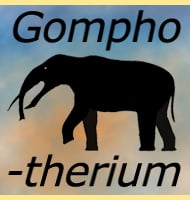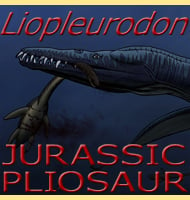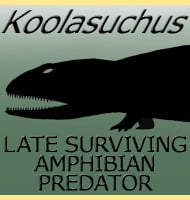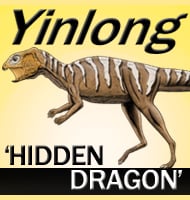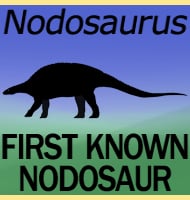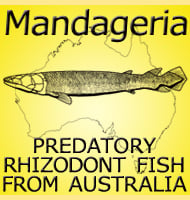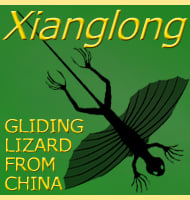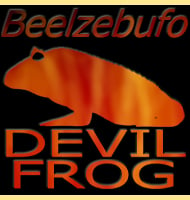In Depth
With an estimated length of up to twelve meters long, Mourasuchus was one of the biggest crocodiles of all time. However despite this size Mourasuchus had a relatively weak jaw and skull construction combined with quite small teeth for its size. These two things do not portray an apex predator that wrestled large prey into the water, yet whatever Mourasuchus ate it had to be in plentiful supply in order for it to grow so large.
With this in mind Mourasuchus may have been a filter feeder like another giant crocodile from Africa called Stomatosuchus. This would essentially involve Mourasuchus submerging or sweeping its jaws into the water and engulfing a shoal of fish. It could then contract its throat muscles to expel water out of the mouth while the teeth prevented its catch from being forced out, leaving Mourasuchus with a mouthful of food.
Mourasuchus was not the only giant crocodile living in South America during the Miocene, and may have on occasion been living in the same areas as the caiman like Purussaurus, and the gharial like Gryposuchus. However if Mourasuchus was indeed a filter feeder, then it may have been able to live alongside other large crocodiles like these without actually competing with them for the same food source. This could also be why Mourasuchus grew so large, because by doing so it could take itself off the list of potential prey items for these other two crocodiles.
Further Reading
– Mourasuchus Price, Nettosuchus Langston, and the family Nettosuchidae (Reptilia: Crocodilia). – Copeia 1966 (4): 882–885. – W. Langston – 1966. – Palaeoenvironmental implications of the giant crocodylian Mourasuchus (Alligatoridae, Caimaninae) in the Yecua Formation (late Miocene) of Bolivia. – Alcheringa 39. 1–12. – D. E. Tineo, P. Bona, L. M. Perez, G. D. Vergani, G. Gonzalez, D. G. Poire, Z. Gasparini & P. Legarreta – 2015. – A new Mourasuchus (Alligatoroidea, Caimaninae) from the late Miocene of Venezuela, the phylogeny of Caimaninae and considerations on the feeding habits of Mourasuchus. – PeerJ 5. 1–37. – G. M. Cidade, A. Sol�rzano, A. D. Rinc�n, D. Riff & A. S. Hsiou – 2017.


